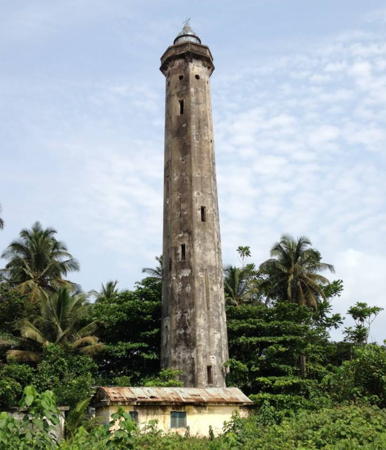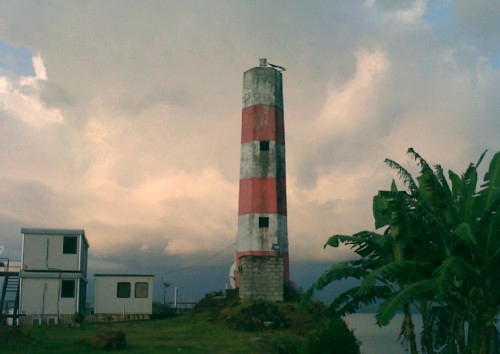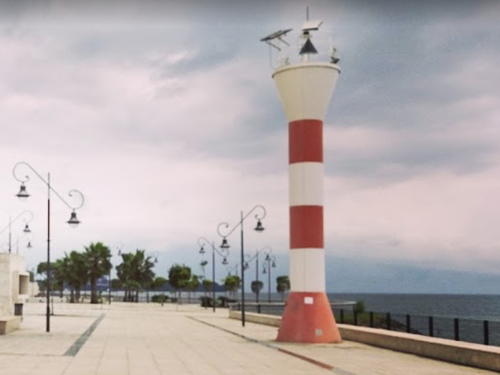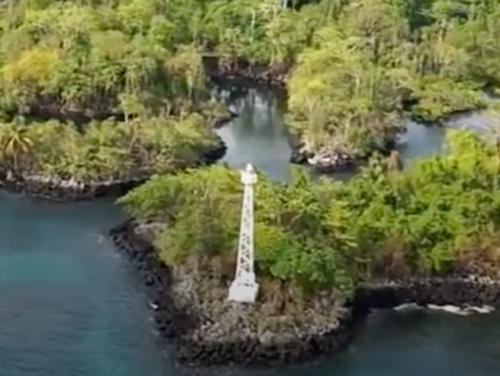The Republic of Equatorial Guinea is the former Spanish Guinea, formed in 1926 by uniting two small, dissimilar Spanish colonies. One part is Bioko, called Fernando Pó under Spanish administration, a volcanic island in the Bight of Biafra off the coasts of Nigeria and Cameroon. The other is Río Muni, a rectangular tract on the African mainland wedged between Cameroon and Gabon. Also included in the country are the islands of Elobey and Corisco off the northwestern coast of Gabon and the remote island of Annobón, 300 km (190 mi) west of the Gabonese coast.
The capital of the country is Malabo (formerly Santa Isabel) at the northern end of Bioko. The major ports are Malabo and Luba on Bioko and Bata in Río Muni. Unfortunately the country is known for extreme income inequality and a poor human rights record; as a result it is not much visited by tourists or vacationers.
Very little information is available on the lighthouses of Equatorial Guinea, so reports and photos would be very welcome.
Spanish is the official language of government in Equatorial Guinea and is spoken by most of its residents. In Spanish isla is an island, cabo is a cape, punta is a promontory or point of land, péñon is a rock, arrecife is a reef, bahía is a bay, ría is an estuary or inlet, estrecho is a strait, río is a river, and puerto is a port or harbor.
ARLHS numbers are from the ARLHS World List of Lights. Admiralty numbers are from volume D of the Admiralty List of Lights & Fog Signals. U.S. NGA List numbers are from Publication 113.
- General Sources
- Online List of Lights - Bioko, West Coast (Río Muni), and Pagalu (Annobón)
- Photos by various photographers posted by Alexander Trabas.
- World of Lighthouses - Equatorial Guinea
- Photos by various photographers available from Lightphotos.net.
- Afrikanische Leuchttürme auf historischen Postkarten
- Postcards from the collection of Klaus Huelse.
- Map of Equatorial Guinea
- From NationsOnline.org.
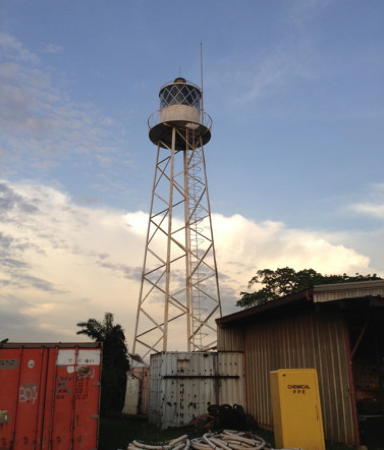
Punta Europa Light, Malabo, April 2013
anonymous contributed photo; used by permission
